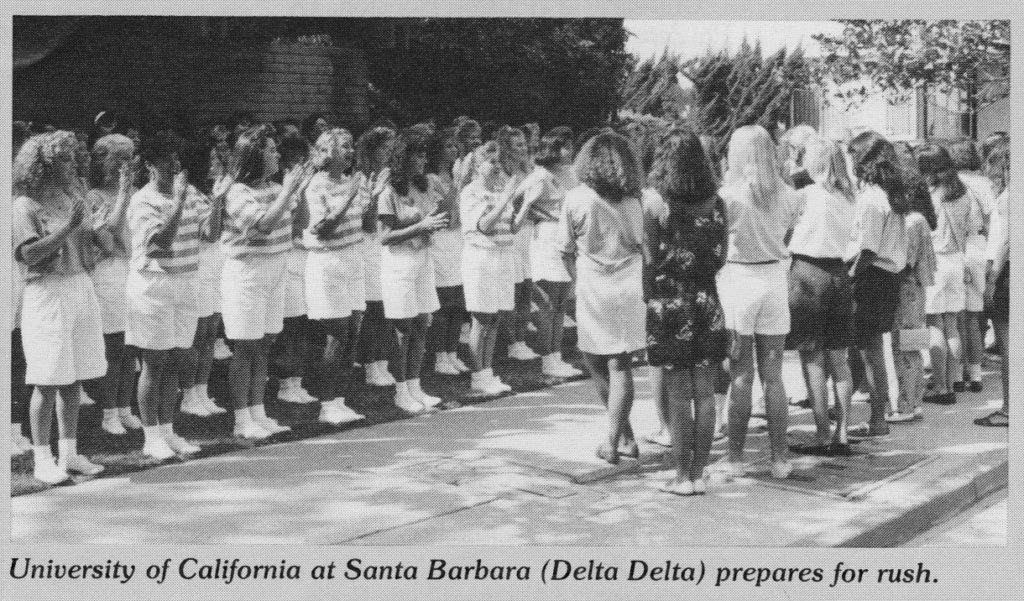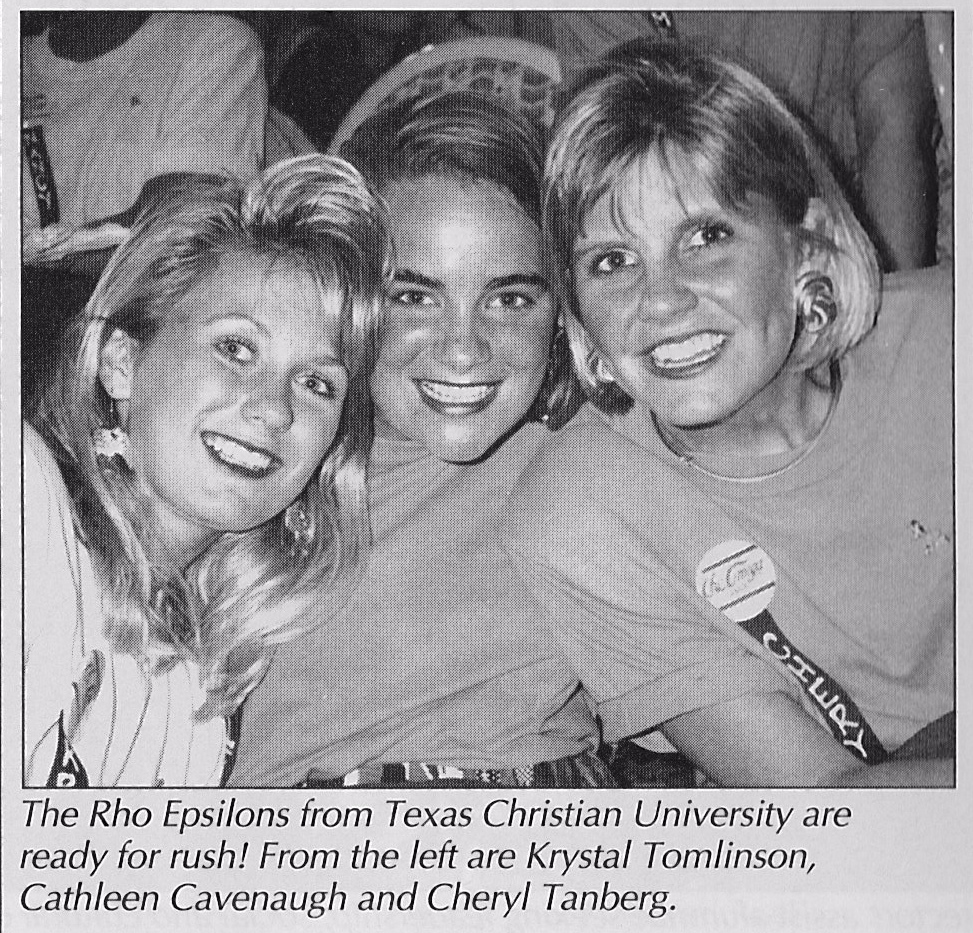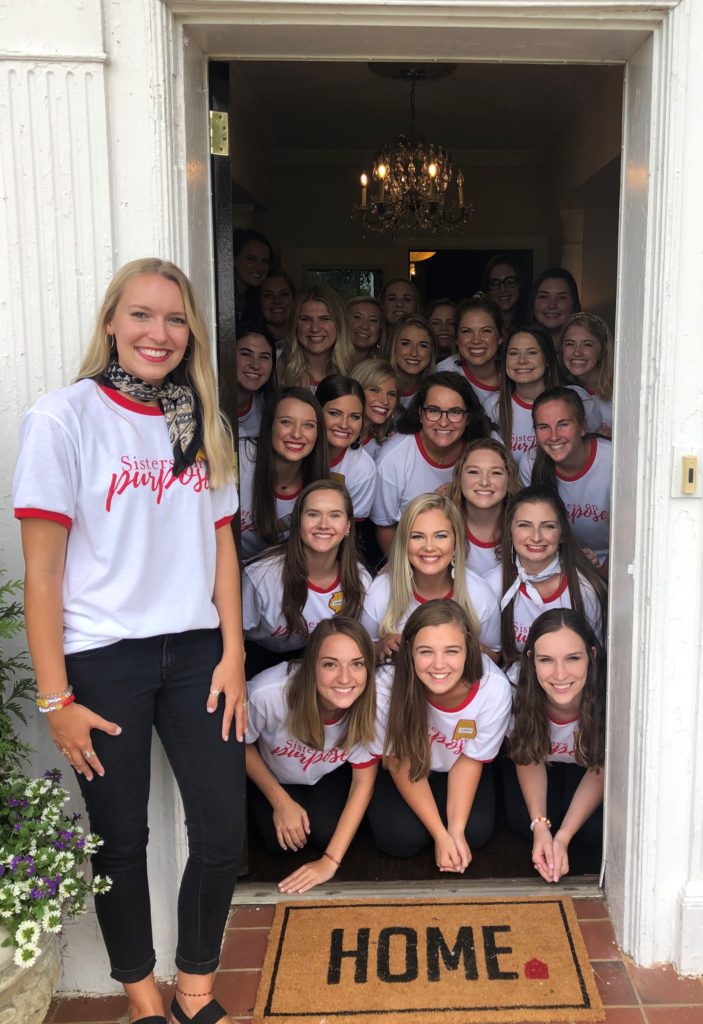“When we chose Allie Simonds as a fourth member, I was delegated to invite her to join us. Dr. Richardson placed the Ritual and Constitution in my hands, and I arrived on the second floor of Old Main and led Allie to the secluded stairway landing where I read the Ritual and Constitution to her. She cried a little and said she would join, and I cried a little and hurried off to summon the other girls. They came to greet Allie and they cried, and then we all cried, and then everything was all right. That was our first rush and pledge party,” Jobelle Holcombe.
Although many of our preference rounds often end in happy tears too, today we refrain from telling the secrets of our Sisterhood during recruitment for obvious reasons!
Jobelle even pointed out, “I’ve often wondered what would have become of our secrets if Allie had said no!”
Until 1902, much of the recruitment was done with very few guidelines on how to conduct a proper recruitment process. The term “rush” originated from the practice of sorority women rushing to the trains as new freshmen arrived on campus to invite them to join their chapter. It wasn’t until the National Panhellenic Council was established that rules and structure were then created.
Over the years the process continued to evolve as much as the collegiate women who went through the process did. As you can see, much has changed, but since the beginning, it’s always been centered on recruiting women of purpose.
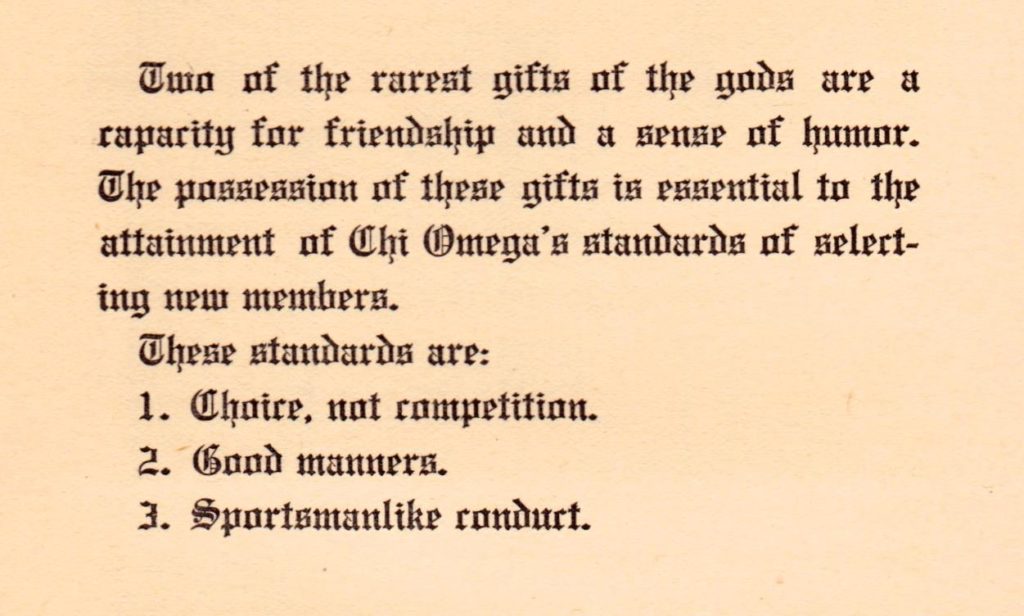
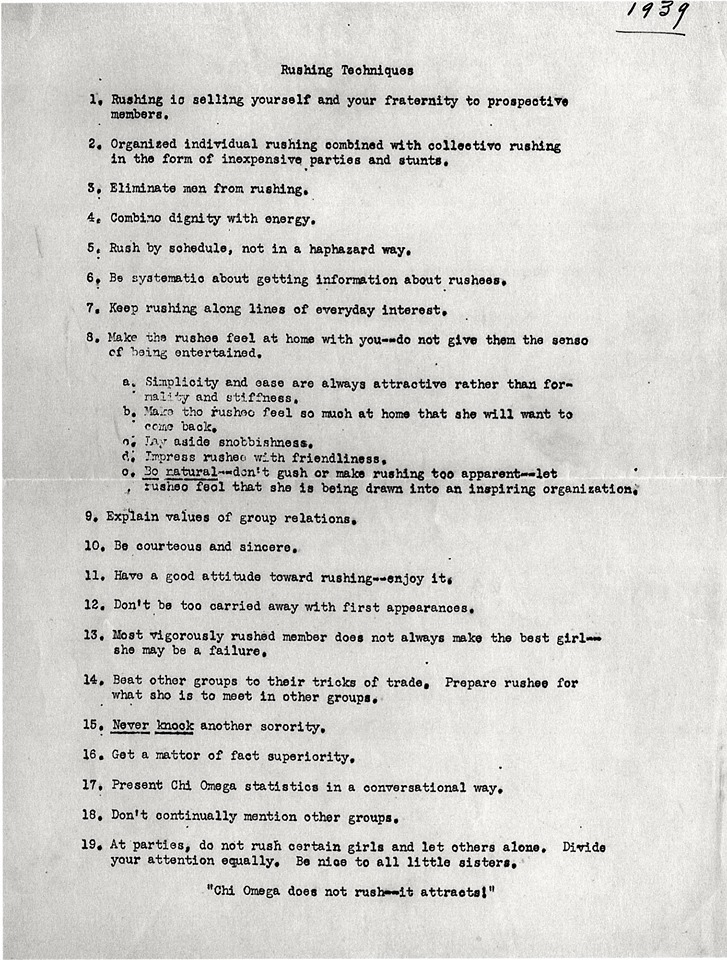
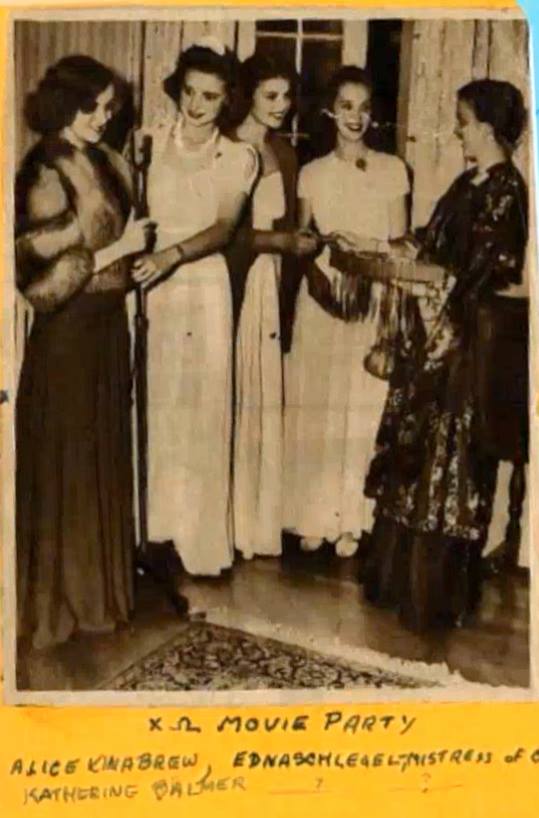
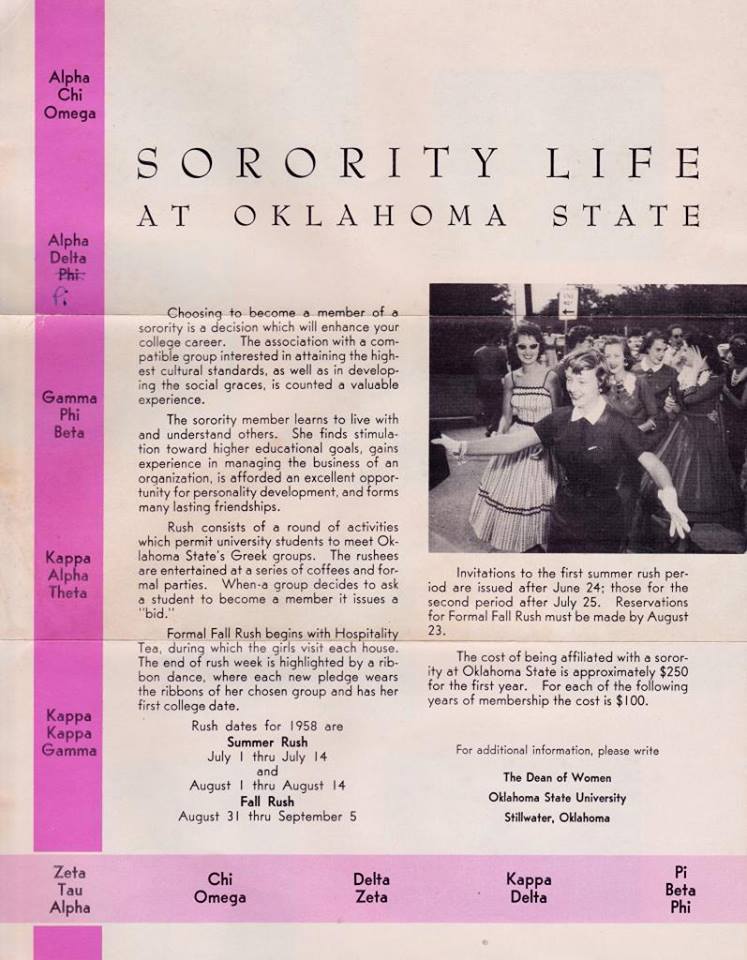
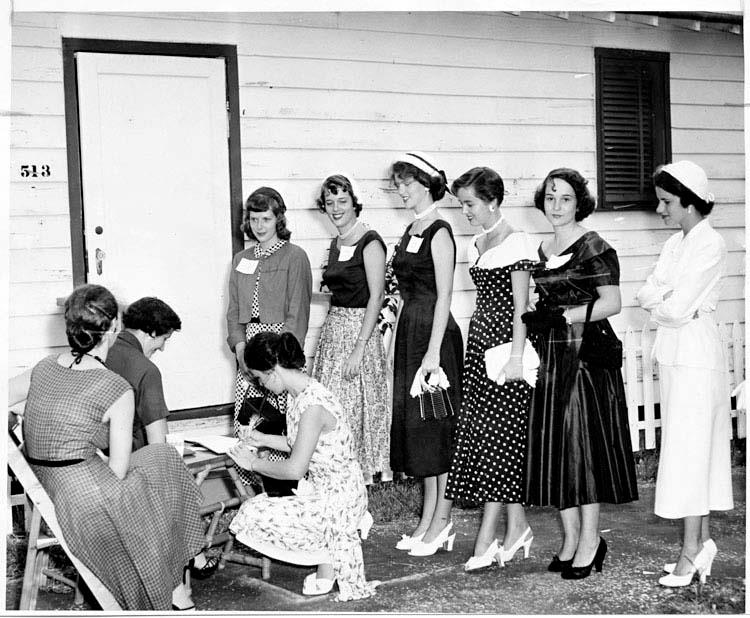
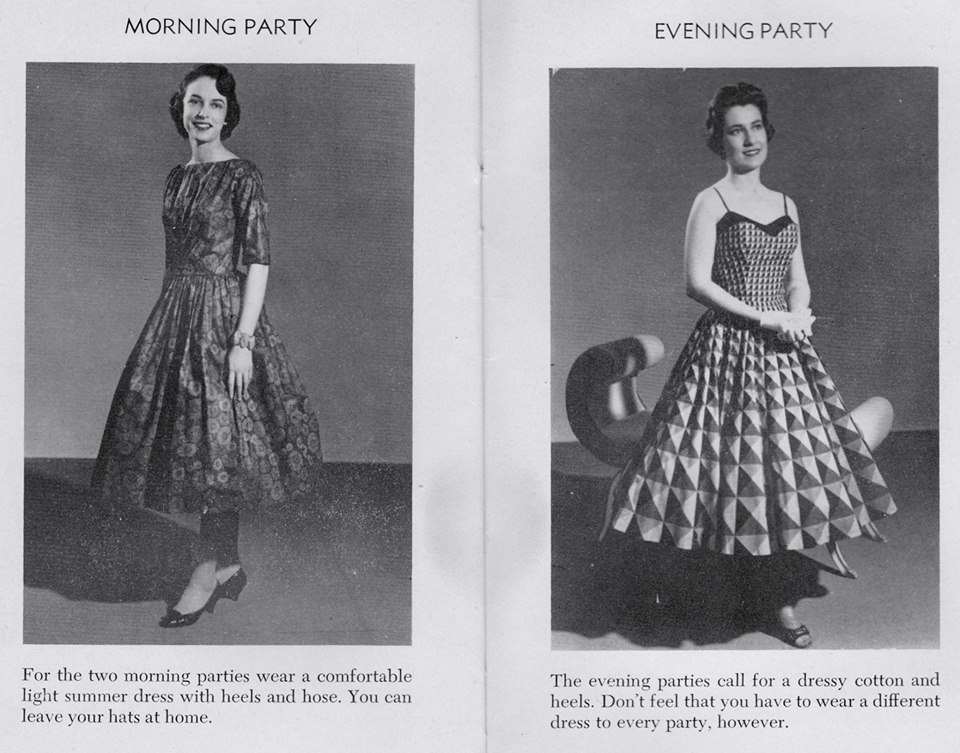
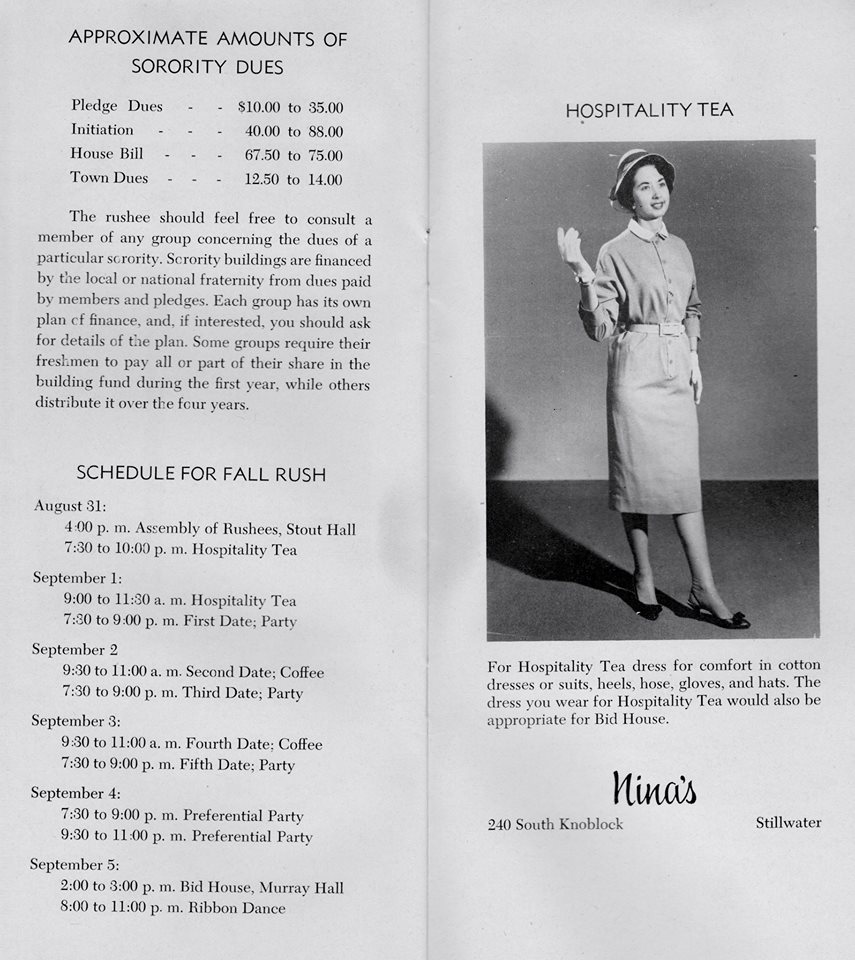
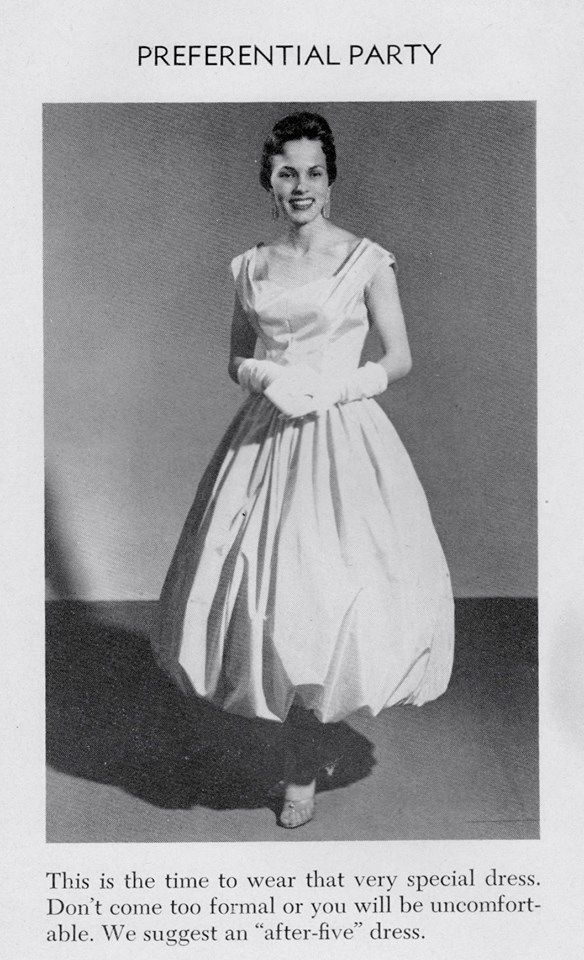

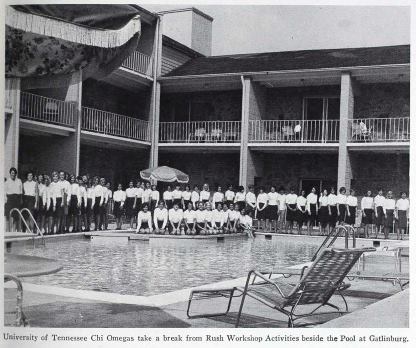
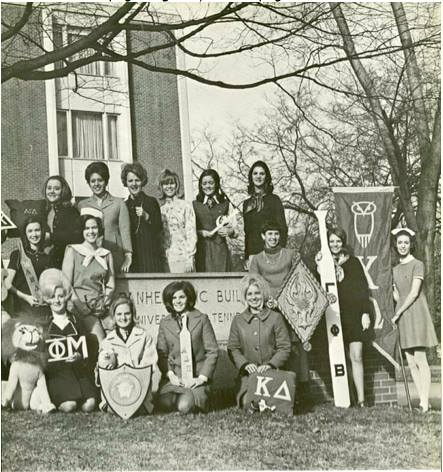

Rho Alpha, 1970
Rho Alpha, 1970
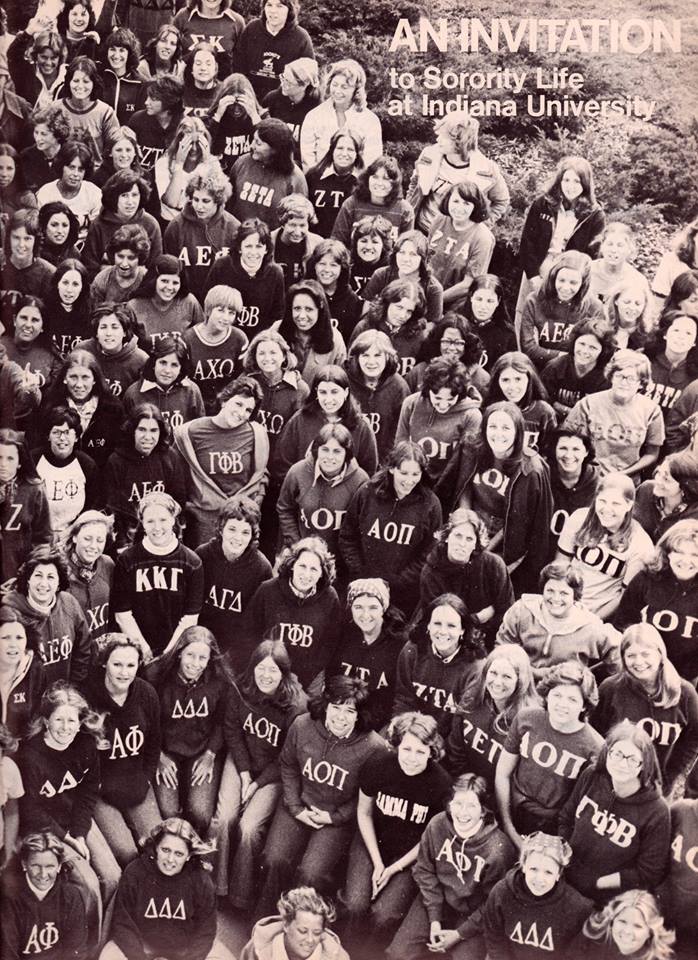
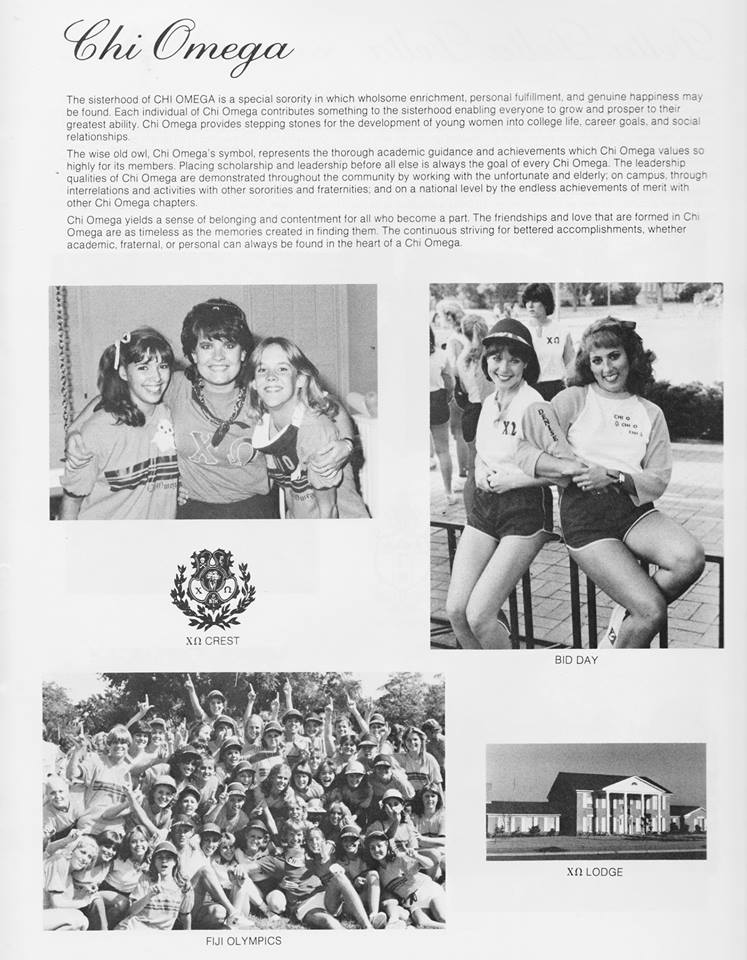
Texas Tech Panhellenic Rush Book featuring Kappa Zeta chapter in 1982
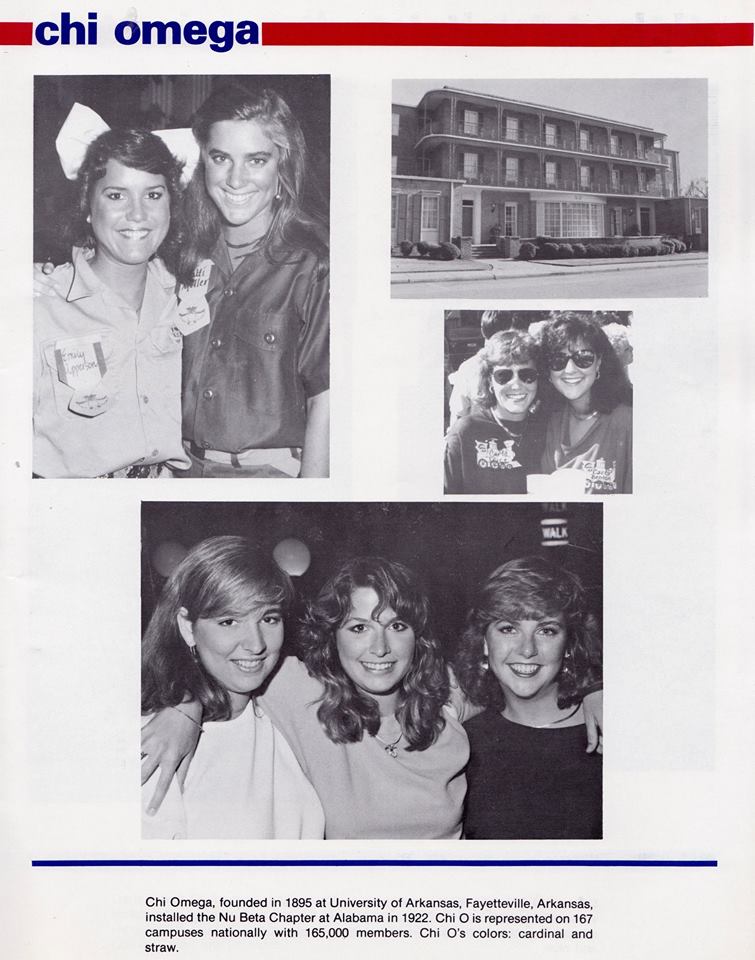
1987 Recruitment Booklet at the University of Alabama featuring Nu Beta Chapter
